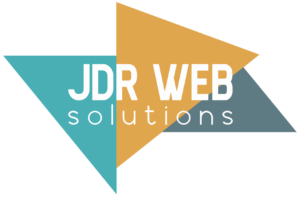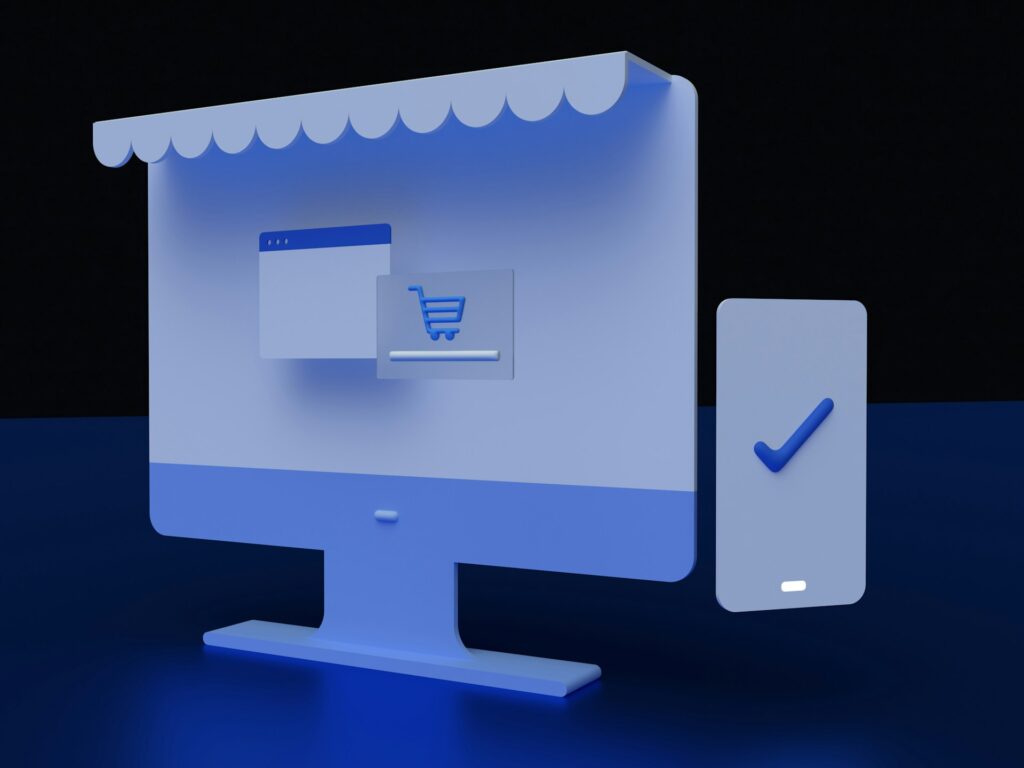A well-designed website is more than just visually appealing—it’s a powerful tool for turning visitors into customers. The secret to a high-converting website lies in understanding what your users expect and delivering an experience that meets (and exceeds) their needs.
In this blog post, we’ll break down the key features that not only make your website user-friendly but also drive conversions, helping your business achieve its goals.
1. A Clear and Compelling Value Proposition
When users land on your website, they should immediately understand who you are, what you offer, and why it matters to them.
How to Implement This:
- Place a concise and compelling headline above the fold.
- Include a subheadline or brief description that expands on your main offering.
- Use visuals (like hero images or videos) to support your message.
Pro Tip: Test different value propositions through A/B testing to see which resonates most with your audience.
2. Intuitive Navigation
Confusing menus or cluttered layouts frustrate users and increase bounce rates. A clear and intuitive navigation structure is essential for guiding visitors toward conversion points.
Key Navigation Features:
- Simplified Menus: Stick to a maximum of 5–7 main menu items.
- Search Functionality: Include a prominent search bar to help users find what they need quickly.
- Breadcrumbs: Guide users through your site structure and improve usability.
Pro Tip: Use analytics tools to track how users interact with your navigation and refine it accordingly.
3. Mobile-Friendly Design
With mobile traffic accounting for over half of all web visits, a responsive design isn’t optional—it’s mandatory.
What Mobile Users Expect:
- Fast loading times (under 3 seconds).
- Clickable elements that are easy to interact with on small screens.
- Seamless transitions between devices (desktop, tablet, and mobile).
Pro Tip: Use Google’s Mobile-Friendly Test to ensure your site meets mobile usability standards.
4. Fast Load Times
A slow-loading website can drastically impact conversions. Studies show that 53% of users abandon a site if it takes more than 3 seconds to load.
How to Optimize Speed:
- Compress images and use modern file formats like WebP.
- Minimize CSS, JavaScript, and HTML.
- Leverage a Content Delivery Network (CDN) to serve content faster.
Pro Tip: Use tools like GTmetrix or Google PageSpeed Insights to identify and fix performance bottlenecks.
5. Trust-Building Elements
Trust is a key factor in driving conversions. If users don’t feel confident in your brand, they won’t complete purchases or inquiries.
Essential Trust-Building Features:
- Social Proof: Display customer testimonials, reviews, and case studies.
- Trust Badges: Include security certifications (like SSL) and industry affiliations.
- Contact Information: Make it easy for users to reach you with a visible phone number, email, or contact form.
Pro Tip: Include links to your social media accounts to further establish credibility.
6. Strong Call-to-Actions (CTAs)
Your website should guide users toward taking specific actions, such as signing up for a newsletter, scheduling a consultation, or making a purchase.
How to Craft Effective CTAs:
- Use Action-Oriented Language: Examples include “Get Started,” “Claim Your Free Trial,” or “Download Now.”
- Place CTAs Strategically: Include them above the fold, at the end of pages, and within relevant sections.
- Use Contrasting Colors: Make CTAs stand out visually without clashing with your design.
Pro Tip: Test different CTA placements, colors, and wording to optimize conversions.
7. High-Quality Visual Content
Images, videos, and graphics not only make your site visually appealing but also help communicate your message more effectively.
What Users Look For:
- Authentic Images: Avoid overused stock photos and invest in custom visuals that align with your brand.
- Explainer Videos: Use videos to demonstrate products or services and engage users.
- Consistent Branding: Ensure that your colors, fonts, and imagery create a cohesive experience.
Pro Tip: Optimize visual content to maintain fast loading times.
8. Clear and Scannable Content
Users skim websites rather than reading every word. Design your content to be digestible while conveying your message effectively.
How to Make Content User-Friendly:
- Use short paragraphs and bullet points.
- Include headings and subheadings to organize information.
- Highlight key points with bold text or icons.
Pro Tip: Create content that addresses user pain points and provides solutions. This not only engages your audience but also positions you as an expert in your field.
9. Easy Checkout or Conversion Process
For e-commerce sites or lead generation forms, simplifying the conversion process is crucial.
What Users Expect:
- Minimal steps to complete a purchase or form.
- Clear pricing information with no hidden fees.
- Multiple payment or contact options for convenience.
Pro Tip: Use progress indicators during multi-step processes to reassure users and keep them engaged.
10. Analytics and Continuous Improvement
A high-converting website isn’t built overnight—it’s a result of ongoing analysis and optimization.
How to Monitor and Improve:
- Track user behavior with tools like Google Analytics or Hotjar.
- Regularly test changes using A/B testing tools like Optimizely.
- Gather user feedback to uncover areas for improvement.
Pro Tip: Set specific goals (e.g., increase form submissions by 10%) and measure success to refine your approach.
Final Thoughts
Designing a website that converts requires more than good looks—it demands a thoughtful approach that prioritizes user expectations and business goals. By implementing these key features, you can create a site that not only attracts visitors but turns them into loyal customers.
At JDR Web, we specialize in designing high-converting websites that align with your brand and engage your audience. Contact us today to learn how we can help elevate your online presence.
Ready to boost your conversions? Let’s start building your ideal website today!




